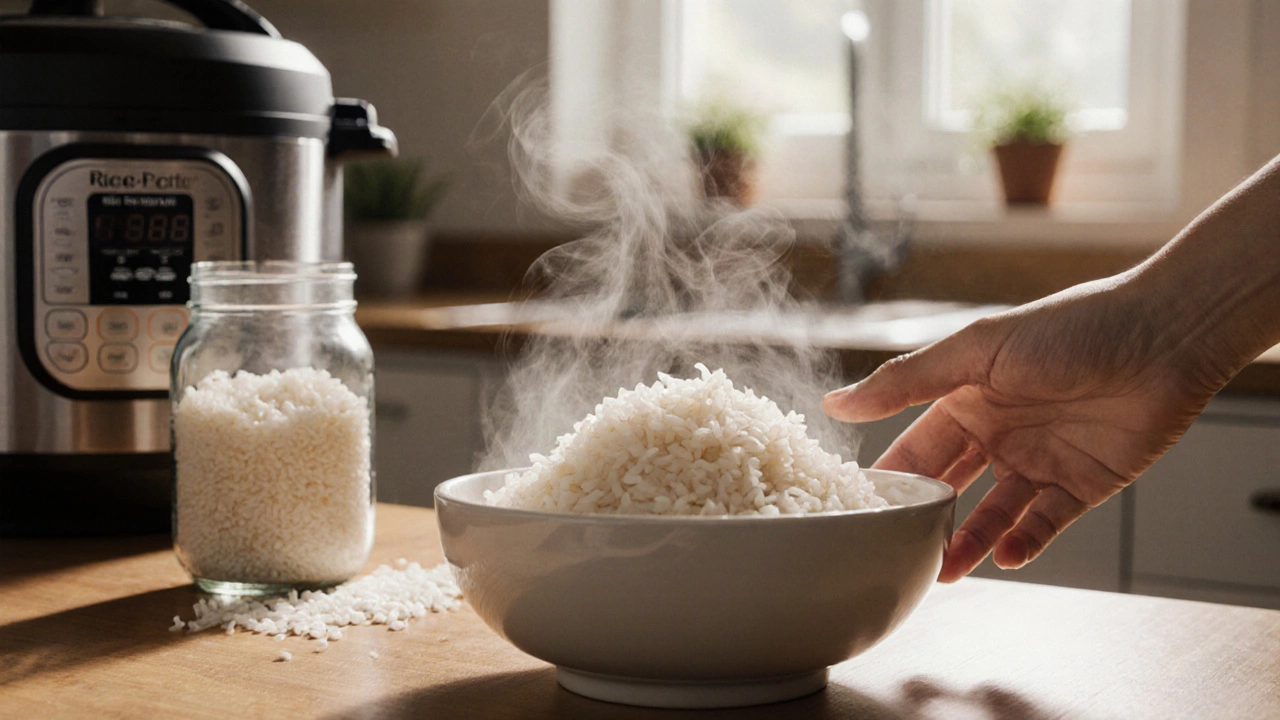Gluten Free Grains: Simple Ways to Cook and Enjoy Them
If you’re new to gluten free cooking, the word “grains” can feel overwhelming. But there are dozens of tasty, nutritious options that fit right into a seasonal kitchen. In this guide we’ll break down the basics, show you how to cook each grain, and give you a few quick recipe ideas you can try today.
Top Gluten Free Grains to Keep in Your Pantry
First, let’s list the staples you’ll want on hand. They’re all naturally gluten free and work well with seasonal produce:
- Quinoa – fluffy, protein‑rich, and cooks in 15 minutes.
- Millet – soft when cooked, great for breakfast porridge or as a rice substitute.
- Amaranth – tiny seeds that turn into a sticky, hearty bowl; perfect for winter stews.
- Sorghum – crunchy when popped, or smooth when simmered into a grain salad.
- Buckwheat – often used for pancakes, but also makes a nutty side dish.
- Teff – the tiny grain behind Ethiopian injera, wonderful for tiny breads or thick porridge.
All of these grains are inexpensive, store well, and can be paired with the fresh vegetables you get each season.
How to Cook Gluten Free Grains Perfectly Every Time
Cooking gluten free grains is about the right water ratio and timing. Here’s a quick cheat sheet:
| Grain | Water | Time |
|---|---|---|
| Quinoa | 1 cup grain : 2 cups water | 12‑15 minutes |
| Millet | 1 cup : 2.5 cups | 20 minutes |
| Amaranth | 1 cup : 3 cups | 20‑25 minutes |
| Sorghum | 1 cup : 3 cups | 45‑55 minutes |
| Buckwheat | 1 cup : 2 cups | 15‑20 minutes |
| Teff | 1 cup : 2 cups | 15‑20 minutes |
Start by rinsing the grain under cold water. This removes any dust and reduces a slight bitterness. Bring water to a boil, add the grain, then lower to a simmer. Cover and let it sit—no peeking! When the timer’s up, fluff with a fork and let it rest for a couple of minutes.
One tip that works for every grain: add a pinch of salt and a splash of olive oil or butter at the start. It boosts flavor and keeps the grains from sticking together.
Now that you have a base, let’s talk seasoning. You can keep it simple with lemon zest, fresh herbs, or toasted nuts. Or you can go deeper by cooking the grain in vegetable broth instead of water. The broth adds a layer of taste without extra effort.
Here are three quick recipes that use the grains above and showcase seasonal produce:
1. Spring Quinoa Salad – Toss cooked quinoa with peas, radish slices, mint, and a drizzle of lemon‑olive oil. It’s bright, fresh, and ready in 20 minutes.
2. Autumn Millet Porridge – Simmer millet with apple chunks, cinnamon, and a spoonful of maple syrup. Top with toasted pumpkin seeds for crunch.
3. Winter Amaranth Stew – Add cooked amaranth to a pot of slow‑cooked root veg, kale, and smoked paprika. The grain thickens the stew and makes it hearty.
All three dishes stay gluten free, showcase seasonal ingredients, and can be scaled up for meal prep. The key is to treat each grain as a canvas and let the produce do the talking.
So, next time you’re planning a menu, reach for a bag of gluten free grains. They’re cheap, versatile, and fit perfectly into the artisan cooking philosophy of The Culinary Crafts Academy. Grab a pot, follow the water ratios, and start experimenting with your favorite seasonal veggies. Your taste buds—and your gut—will thank you.

Is Rice Gluten-Free? All You Need to Know
Rice naturally contains no gluten, making it safe for celiac and gluten‑free diets. Learn about cross‑contamination, label checks, cooking tips, and myth‑busting facts.
More Detail